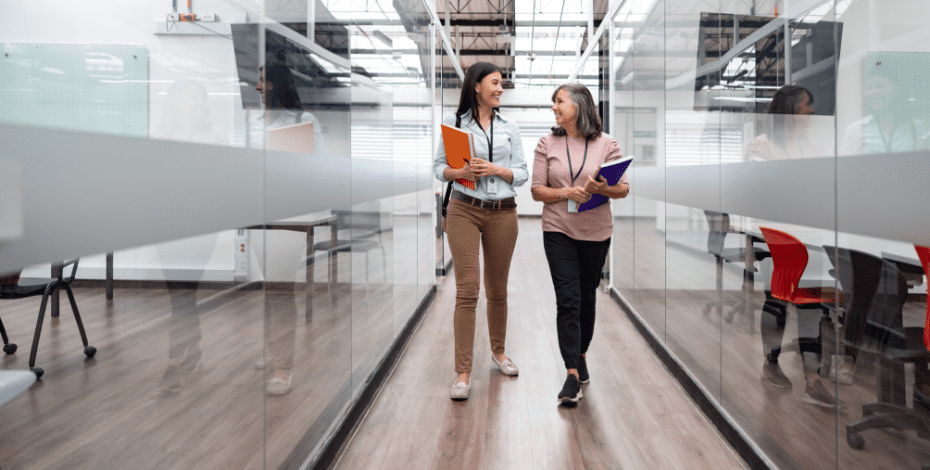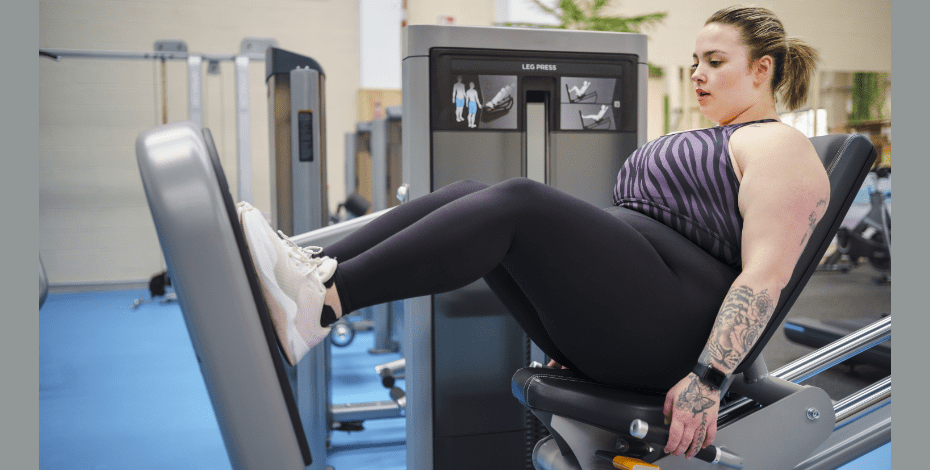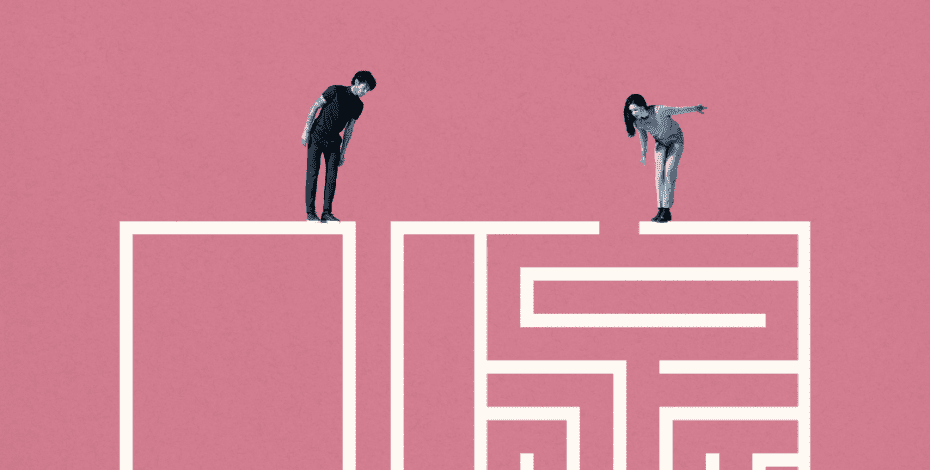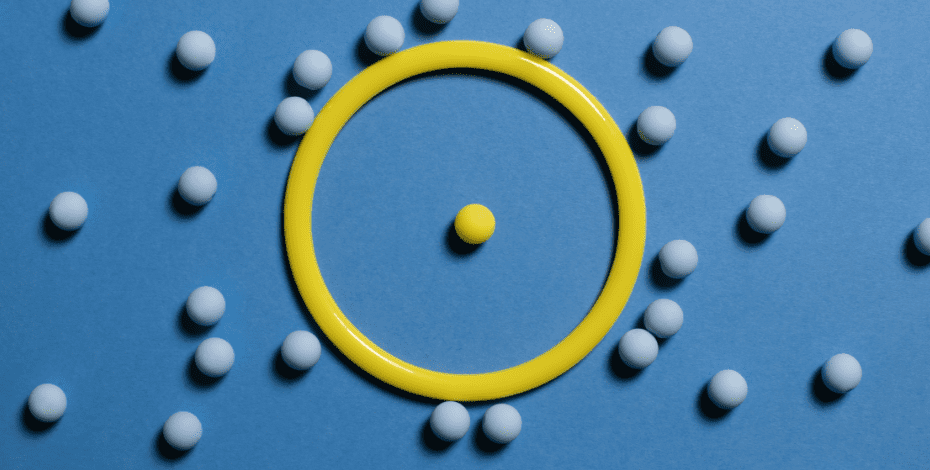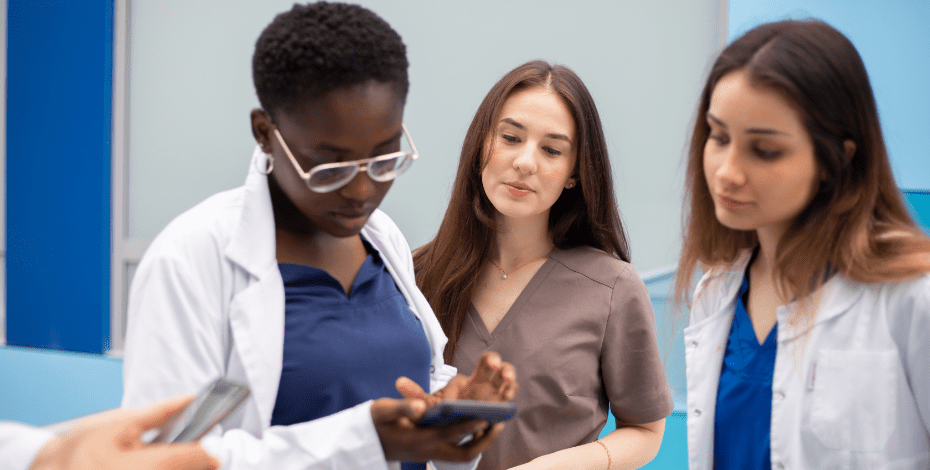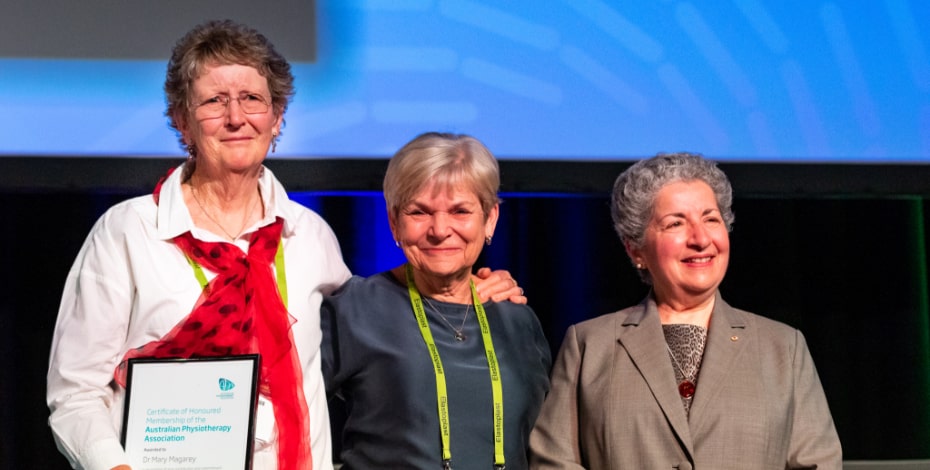
The pleasure and pain of lifelong learning

When Dianne Wilson finished her PhD earlier this year, she dedicated the achievement to her parents, Shirley and Bob, who are aged in their early 90s. They are the people who inspired the newly named APA Honoured Member to follow her academic dreams, at a time when many girls were discouraged from pursuing a career if they wanted a family life as well.
Dianne Wilson has not wanted to look back on her life and regret not doing something. In her case, that ‘something’ is studying for a PhD, which she recently completed at a point in her career when perhaps some of her contemporaries might consider winding down instead of ramping up their education.
‘I probably take the honours of being one of the oldest PhD candidates around,’ Dianne says from her home in Adelaide, South Australia.
‘It was something that I’d always wanted to do. Conferences always inspired me, thinking how rewarding it would be to do a PhD, being immersed in study, and having the time to acquire that in-depth knowledge. I’ve been a lecturer and I’ve been a clinician but I hadn’t been a researcher.
'But of course to be a researcher, to do a PhD, you have to have time and you have to be able to forgo some financial income. That wasn’t possible for me when I was bringing up a family.
‘In the early 2000s, my dear husband supported me to take the time off work and embark on a PhD. So I went to Lorimer Moseley and asked if he would he take on a geriatric PhD candidate,’ Dianne says, with her easy good humour.
‘I think he was a bit surprised because, you know, they probably hadn’t had a 60-odd year old person come and ask to do a PhD because it is really the wrong way around these days. But in the past, there weren’t PhDs around when I graduated.’
Dianne was among the last cohort to graduate with a physiotherapy degree from the University of Adelaide before it became the University of South Australia (UniSA). At the time, undergraduate numbers were limited to 30 per year and a young Dianne says she worked hard to make sure she was one of the 30. Initially she had planned to be a paediatric physiotherapist.
‘From the time I was 16, I was pretty desperate to do physio and it was a very difficult course to get into back then. It was something that I really wanted to do,’ Dianne says.
‘Most of our first and second year subjects were done within the medical school with medical and dentistry students, so we had a lot of shared time with the medicos. It was a very biomedically orientated program in those days.’
Some of Dianne’s lecturers were themselves becoming very big names in physiotherapy circles both nationally and internationally—Pat Trott, Ruth Grant and the man considered to be the ‘father’ of manipulative therapy, Geoff Maitland. Dianne attributes her interest in musculoskeletal physiotherapy to this day to these inspirational mentors.
‘I thought I’d gone into physio to be a paediatric physiotherapist but I didn’t have such great experiences in that area as a student, so that was one thing I eliminated. But I had a whole range of areas that I really liked, so I worked in the public setting for three years at the Royal Adelaide Hospital,’ Dianne says.
‘I went through the rotations and found it hard to differentiate between neuro, cardiorespiratory and musculoskeletal— I really enjoyed all of them.’
Dianne eventually moved in private practice work, and found the 12-hour days and continuous flow of patients in and out of the clinic exhausting. In those days, she says, practitioners weren’t covered by employment awards, which led to many practitioners working longer hours for less remuneration. Not long after this Dianne became pregnant with her first child, a daughter, Melanie, who was quickly followed by a second daughter, Julianne.
Like many women, Dianne spent her early-career years juggling work and bringing up a young family. She saw many colleagues pull back from full-time work while they were having children, and she noticed with sadness that for many, it was quite difficult to pick up their career afterwards, in terms of updating their knowledge and overcoming the battering their confidence took during the hiatus.
When her girls were still quite young, Dianne was approached to become a clinical educator by Marie Hammond, the legendary head of school at the time.
Dianne found that not only was it quite an honour to be asked to teach but it was also to become something she really enjoyed. She also took on some part-time pre-natal work in private practice before discovering she was pregnant with her son, Timothy.
After Tim was born, she was soon back teaching part-time as she didn’t want to lose momentum in her career when it was just starting to take off. When Tim was about five or six years old, in the early ‘90s, Dianne decided to undertake her Master of Applied Science (Orthopaedics) part-time, which signalled a turning point in her career.
Dianne went on to be a lecturer for over 20 years at the UniSA, teaching on undergraduate and postgraduate programs.
‘So if you ever want to increase your knowledge, try teaching because you’ve got to know it before you can teach it,’ she advises.
She also went into partnership with Caroline Dowd to operate the Daws Road Physiotherapy Clinic in Melrose Park—a private practice the pair ran for 15 years.
‘We ran a very lovely boutique practice; we both had very similar values about quality physiotherapy, and we were both single mums. Our practice was run very much around the needs of our children,’ Dianne says.
‘We made sure that we were out of the practice in time to cook dinner and all those sorts of things. There were fewer pressures to be working until 7.30 pm or 8 pm because neither of us could do that.'
Dianne eventually sold her share of the business after marrying her second husband, Peter Roberts, who was running a larger, successful practice of his own in Adelaide. Dianne began working at her husband’s practice, Roberts Physiotherapy, and joined the pain management program there—running a few programs herself and discovering a passion for learning about pain that saw her go on to become heavily involved in the APA Pain group (she is currently the national chair) as well as study her PhD at UniSA.
‘The fascination of pain science drew me in. Treating people with chronic pain can be quite challenging,’ Dianne says.
‘We have been quite slow translating the science into the clinic. Having said that, physio is probably doing better than a lot of other health professions, particularly the medical profession, because we have moved from a biomedical model into a biopsychosocial framework for assessment and management.
‘When treating pain, it has been a huge move for us to move away from targeting our treatment at a particular structure which we think is responsible for the pain. Although targeting a source of nociception may be appropriate in many cases, we need to be prepared to move beyond that, recognising most pain experiences are more complex and unique for each individual. And that can be very challenging when you’ve been brought up and educated to find a source and do something to it.’
Dianne, who jokes that she has been a member of the APA longer than most people have been alive, says she has always placed great importance on her membership of the APA. She signed up to become a member at the earliest possible opportunity.
‘I have always felt we need to be unified, promoting our skills, which must be based on sound clinical reasoning and a contemporary knowledge base. That is our strength. It is not necessarily the actual technique or approach that we use, rather why we’ve chosen that technique and the thorough assessment on which it is based.
‘Being a member of the APA gives us the opportunity to promote our skill set and advocate for our profession within the health system.’
At the 2019 APA TRANSFROM scientific conference in her hometown of Adelaide, Dianne was named an Honoured Member of the APA, joining Mary Galea and Mary Magarey on stage to accept the accolade from APA President Phil Calvert, to a standing ovation from the crowd.
‘I was amazed. I was pretty overwhelmed actually. Especially when you stand back and look at the people who have gone before me. Gosh, these are people that I admired and revered,’ Dianne says.
‘When I looked at people who had been Honoured Members before me, I thought “my goodness”. I couldn’t believe it. I was extremely humbled.’
© Copyright 2024 by Australian Physiotherapy Association. All rights reserved.

